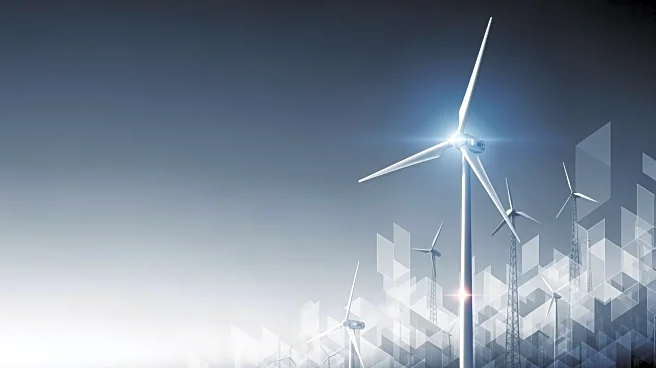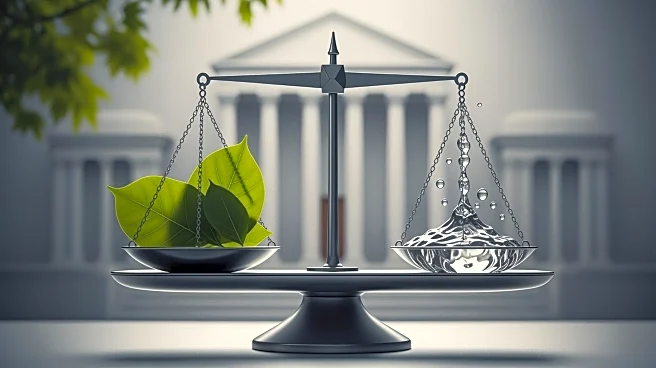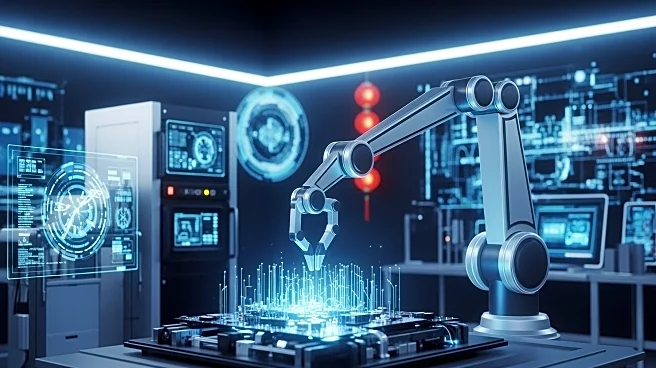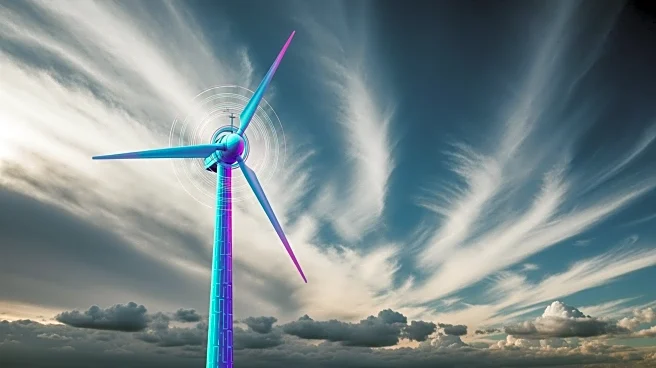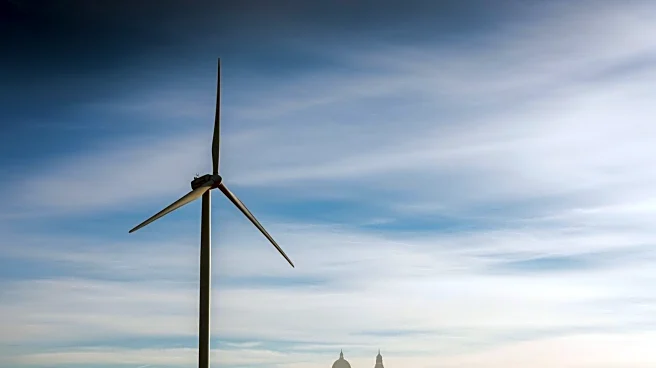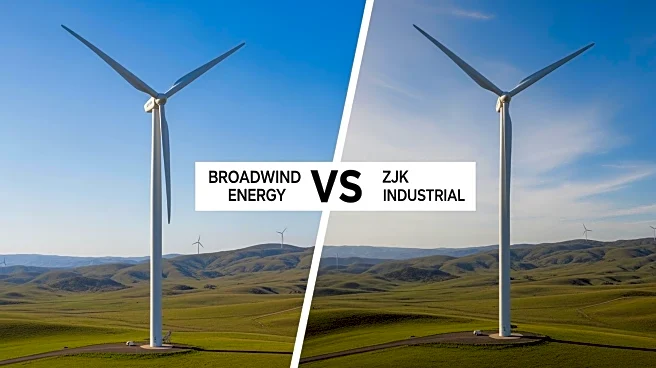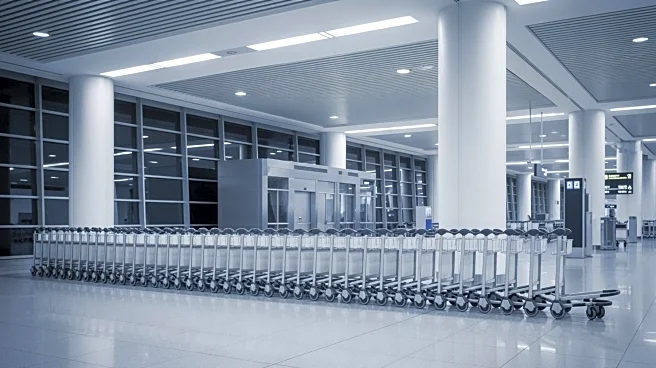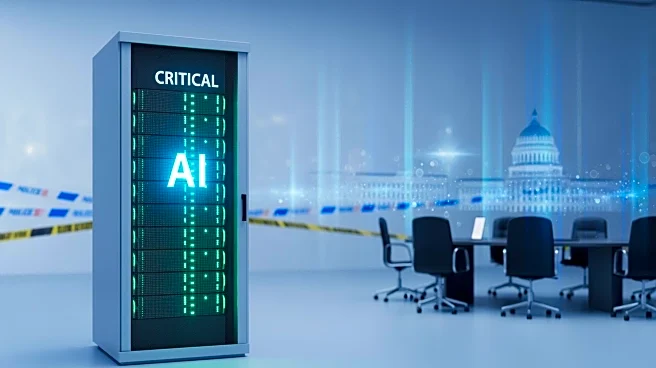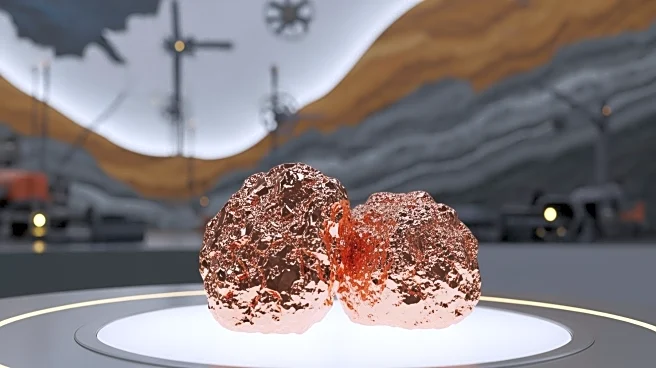What's Happening?
Economist Paul Krugman draws parallels between the historical development of the Erie Canal and the current rise of renewable energy. In his analysis, Krugman highlights the explosive growth of renewables over the past decade, driven by a cycle of decreasing
costs and increasing production. This growth is reminiscent of the early American infrastructure projects like the Erie Canal, which transformed trade and travel in the 19th century. The canal, completed in 1825, significantly reduced transportation costs and facilitated economic expansion, much like how renewable energy is reshaping the energy landscape today. Krugman notes that despite past skepticism, renewables now produce a significant portion of global electricity and continue to grow, with China leading the charge.
Why It's Important?
The comparison between the Erie Canal and renewable energy underscores the transformative potential of infrastructure investments. The Erie Canal's success in reducing costs and boosting economic activity mirrors the current impact of renewable energy on the global energy market. As renewables become more cost-effective, they challenge traditional fossil fuels and reshape geopolitical dynamics, particularly with China's aggressive expansion in this sector. This shift has significant implications for U.S. energy policy and economic competitiveness. The historical context provided by Krugman suggests that government support and investment in new technologies can drive substantial economic growth and innovation.
What's Next?
The continued growth of renewable energy is likely to influence U.S. energy policy, potentially leading to increased investment in green technologies. As the global energy landscape evolves, the U.S. may face pressure to enhance its renewable energy infrastructure to remain competitive. This could involve policy shifts to support further development and integration of renewables into the national grid. Additionally, the geopolitical implications of renewable energy dominance by countries like China may prompt strategic responses from the U.S. to secure its energy future.
Beyond the Headlines
The historical analogy to the Erie Canal highlights the long-term benefits of infrastructure investment, suggesting that current renewable energy advancements could lead to similar economic and societal transformations. The shift towards renewables also raises ethical and environmental considerations, as it involves balancing economic growth with sustainable practices. The transition may also impact labor markets, requiring workforce adaptation to new energy technologies.
